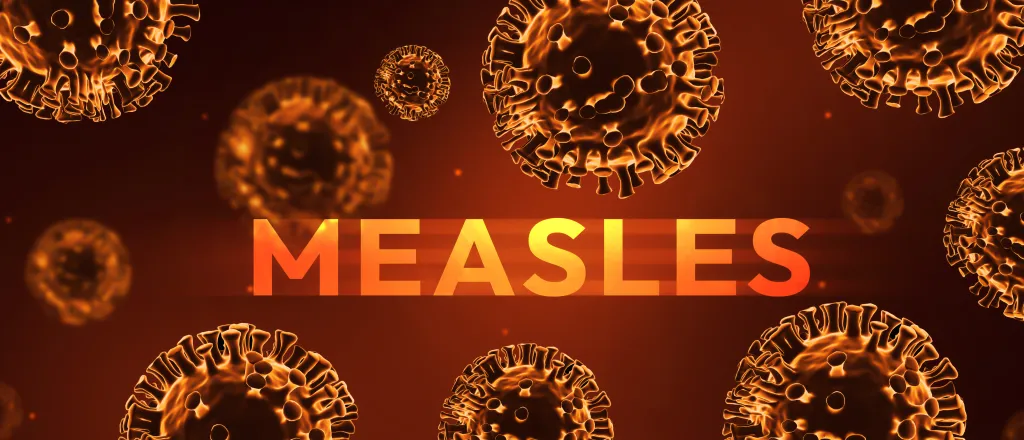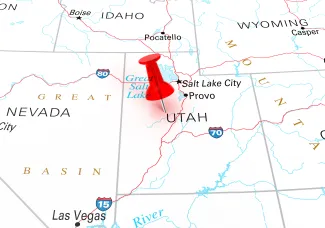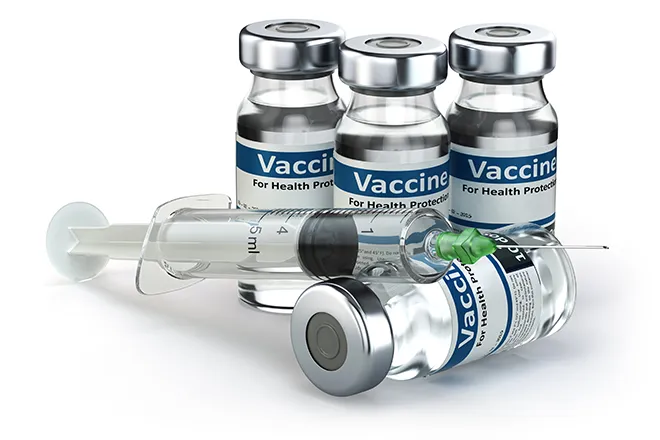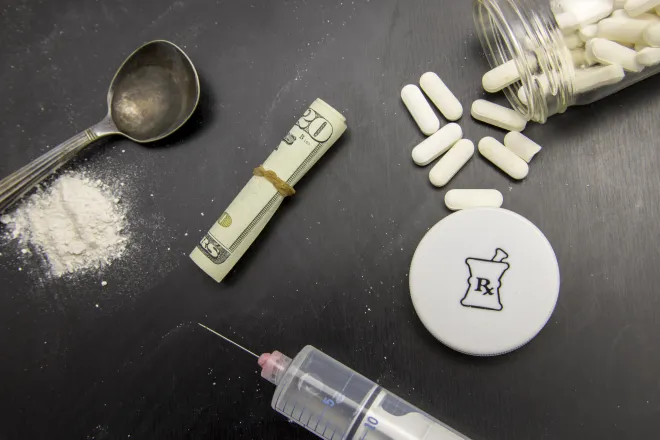
First measles case confirmed in Utah amid national outbreaks
© Muhammad Farhad - iStock-2202501869
Amid national outbreaks spreading across the nation, Utah has confirmed its first case of measles.
A Utah County adult has been diagnosed with measles, state health officials said on Friday. The person was unvaccinated and didn’t report any out-of-state exposure, meaning that the infection was transmitted within Utah, they warned.

The Utah Department of Health and Human Services said it hasn’t identified any other cases in the state as of Friday morning. However, they’re encouraging Utahns who may have been in the same area as the infected person to monitor themselves for symptoms.
Before the diagnosis and during the illness’ infectious period, the Utah County resident visited several public places and medical centers in Orem, including Parkway Health Center June 13, and the Timpanogos Regional ER, which the patient visited June 14 from 2:14 p.m. to 7:02 p.m., the department said in a news release.
“People who were at these sites at the same time or two hours after this person could have been exposed to measles,” the release says. “We encourage unvaccinated people who were in these locations during the exposure time period to monitor themselves for symptoms.”
Dr. Leisha Nolen, Utah Department of Health and Human Services state epidemiologist, told reporters on Friday afternoon that those were the places the individual visited during the most contagious window of the virus.
The patient is between 20 and 40 years old, is currently doing well and has been isolating at home with very limited contact with others since the diagnosis, according to Nolen.
Doctor warns there may be additional cases of the measles in Utah
This is the first confirmed measles case after an isolated case reported in 2023, Nolen said. However, this time experts suspect there may be additional measles cases in the state.
“This individual who we just identified, who has measles, had not traveled outside of Utah, so that means they were exposed somewhere in Utah from someone who was here,” she said. “We have not been able to identify how that happened. So certainly there is some person who was able to transmit the virus to this individual.”
Some of the patient’s family members were exposed to the virus, are watching out for symptoms, and have been advised to remain at home, Nolen said.

© iStock - Bet_Noire
The Utah diagnosis comes amid a national spike in measles cases reported in at least 36 states, according to the U.S. Centers for Disease Control and Prevention. As of Thursday, there were 1,214 confirmed cases across the country and 23 outbreaks reported in 2025.
Measles symptoms typically show up 7 to 14 days after exposure. Symptoms like fever higher than 102.2°F, cough, runny nose or red eyes may indicate early stages of measles. A rash could appear after four days of fever, the Department of Health and Human Services said.
Measles is one of the most contagious diseases public health officials know of. An infected person can just walk into a room and spread it to almost everyone there, Nolen said. The disease may stay in the air two hours after that kind of exposure.
Those who may have contracted the virus from exposure to the Utah County resident may be experiencing symptoms now.
Nolen highlighted that the best protection against measles is the measles-mumps-rubella (MMR) vaccine, which, she added, is safe. Two doses ensure 97 percent of protection, and most Utahns already have it.
More than 90 percent of Utahns are reported to have the MMR vaccine and “are highly protected against infection,” according to the department. However, infants younger than age 1 aren’t eligible for the immunization and are especially vulnerable to measles.
“The MMR vaccine has been used since the early 1970s. It has saved millions of lives and prevented significant suffering around the world,” Nolen said in a prepared statement. “The MMR vaccine is safe and effective. Decades of careful research has shown the benefits of being vaccinated against measles far outweigh any risks the vaccine may pose. We encourage those who are not vaccinated to talk to their doctor about receiving the vaccine.”
The epidemiologists recommend Utahns to track down information on their vaccination status to ensure protection. Partially-vaccinated adults can get a second dose, and those who are unable to find immunization records could also get an additional dose, Nolen said.
While most Utahns have been vaccinated, there has been a decrease in vaccination rates among Utah children in the last five years, Nolen said.
“The numbers are still not super low, but they’re low enough to cause us to be concerned that there could be kids who are vulnerable to this, and certainly there are parts of our state or schools that have higher numbers of kids that are not vaccinated,” she said. “So we are concerned that little kids are susceptible to this. There could be an outbreak in a school. So we really would like to encourage people to get them and their children vaccinated.”
A measles infection shouldn’t be considered minor, Nolen stressed. While its symptoms can be common among children, statistics show that 1 in 20 kids will go into the hospital due to severe illness.
“And that’s really significant. I think none of us want any kids in the hospital,” she said. “We also know kids can die of this. We’ve already had three deaths in the United States. We don’t want any more.”

















